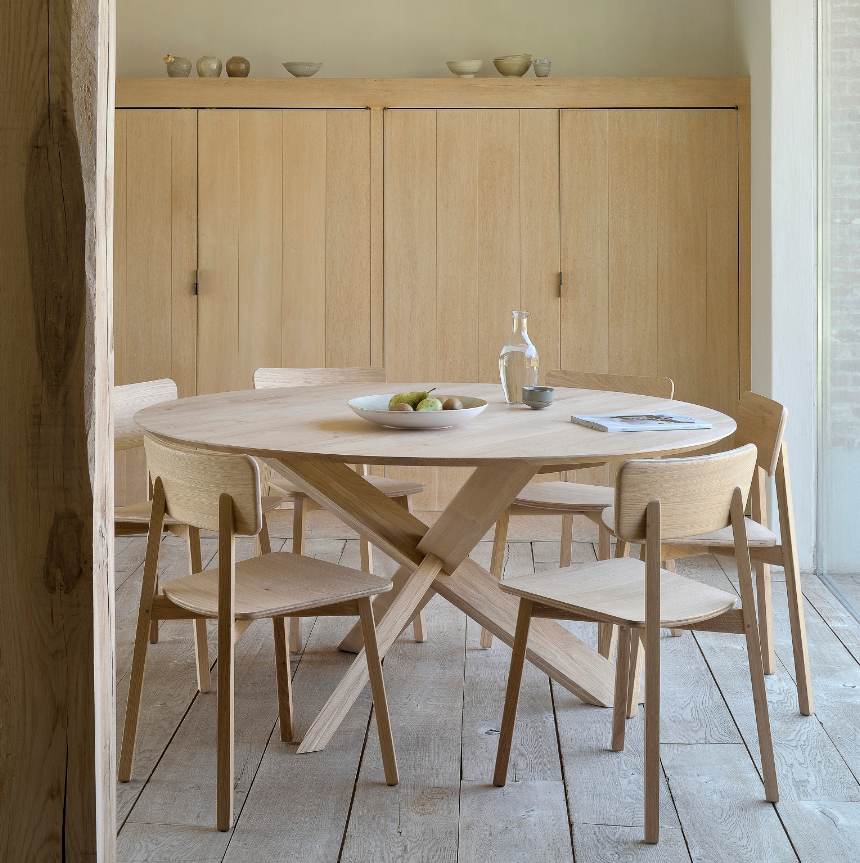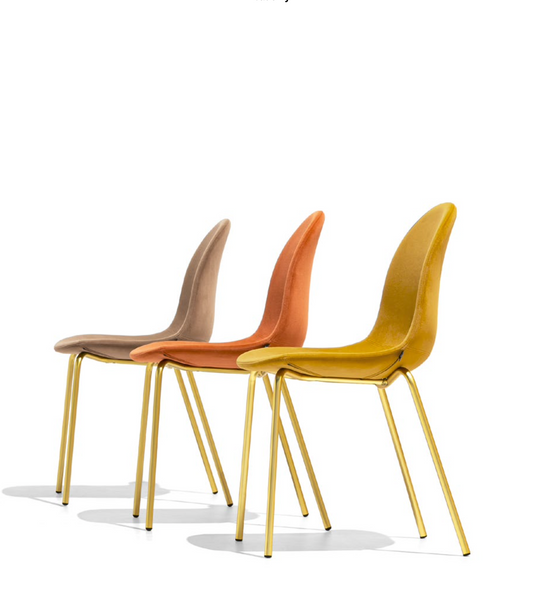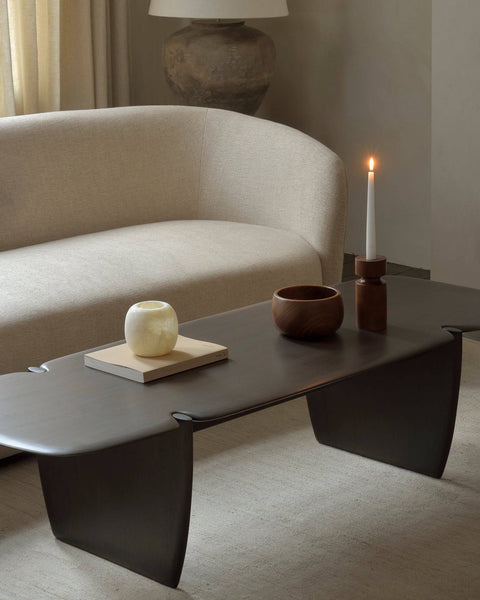
How Do Different Wood Finishes Impact Indoor Air Quality Over Time?
Solid wood furniture can be finished in a variety of ways, each imparting different aesthetic and protective qualities to the wood. Understanding these common finishes can help furniture buyers make informed decisions about their pieces.
One of the most popular finishes for solid wood furniture is polyurethane. This synthetic resin comes in both oil-based and water-based formulations. Oil-based polyurethane tends to add a warm amber hue to the wood and is known for its durability and resistance to water and chemicals. It's an excellent choice for high-traffic furniture pieces like dining tables or coffee tables. Water-based polyurethane, on the other hand, dries clear and maintains the natural color of the wood. It's less durable than its oil-based counterpart but is easier to apply and has lower VOC emissions, making it a more environmentally friendly option.

Lacquer is another common finish that's prized for its hard, durable surface. It can be sprayed on in thin, even coats, resulting in a smooth, glossy finish that enhances the wood's natural beauty. Lacquer dries quickly and can be buffed to a high shine, making it popular for formal or high-end furniture pieces. However, it can be prone to yellowing over time, especially when exposed to sunlight.
For those seeking a more natural look, oil finishes are a popular choice. Linseed oil, tung oil, and danish oil are common options. These oils penetrate the wood, enhancing its natural color and grain pattern. They provide a soft, matte finish that's easy to touch up or reapply over time. While not as durable as polyurethane or lacquer, oil finishes allow the wood to "breathe" and are often favored for their eco-friendly nature and ease of application.
Shellac, derived from the secretions of the lac bug, is one of the oldest wood finishes still in use today. It imparts a warm, amber glow to wood and dries to a hard finish that can be buffed to a high shine. Shellac is non-toxic and food-safe, making it a good choice for items like cutting boards or children's furniture. However, it's not as water-resistant as some other finishes and can be damaged by alcohol, limiting its use in certain applications.

Varnish is a durable finish that's often used on outdoor furniture or pieces that will be exposed to moisture. It's typically made from a combination of resin, oil, and solvents, and provides excellent protection against water and UV rays. Varnish can be applied in gloss, semi-gloss, or satin finishes, offering flexibility in the final appearance of the wood.
For those seeking a more rustic or weathered look, wax finishes can be an excellent choice. Beeswax or carnauba wax can be rubbed into the wood, providing a soft luster and some protection against moisture. While not as durable as other finishes, wax is easy to apply and reapply, and it allows the natural texture of the wood to shine through.
Some furniture makers also offer specialty finishes like cerused or limed finishes, which involve rubbing a contrasting colored material into the wood grain to highlight its texture. These finishes can create striking visual effects and are often used in high-end or designer furniture pieces.
It's worth noting that many furniture makers use a combination of finishes to achieve their desired results. For example, they might use an oil to enhance the wood's color, followed by a clear topcoat for added durability. The choice of finish often depends on the type of wood, the intended use of the furniture, and the desired aesthetic outcome.
When selecting a finish for solid wood furniture, it's important to consider factors such as durability, maintenance requirements, environmental impact, and how the finish will affect the wood's natural appearance. Each type of finish has its own strengths and limitations, and the best choice will depend on the specific needs and preferences of the furniture owner.

The impact of different wood finishes on indoor air quality over time is a complex and nuanced topic that hasn't been fully explored in scientific literature. However, we can draw some conclusions based on what is known about wood finishes and their chemical properties.
Wood finishes come in various types, each with its own composition and potential effects on air quality. Common finishes include oil-based polyurethane, water-based polyurethane, lacquer, shellac, varnish, natural oils like linseed or tung oil, and wax. The choice of finish can significantly influence the emissions released into the indoor environment.
One of the primary concerns with wood finishes is the release of Volatile Organic Compounds (VOCs). Many finishes, particularly oil-based ones, emit these compounds during and after application. VOCs can contribute to poor indoor air quality and may cause various health issues, especially in sensitive individuals.
The emission of VOCs from wood finishes typically follows a pattern. The highest levels of emissions occur immediately after application, creating what's often referred to as the "off-gassing period." During this time, the concentration of VOCs in the air can be quite high. As time passes, these emissions generally decrease. However, it's important to note that some finishes may continue to off-gas at low levels for extended periods, potentially months or even years after application.
When considering long-term effects, water-based finishes generally have a reputation for lower VOC emissions over time compared to their oil-based counterparts. Natural oil and wax finishes are often considered to have even lower long-term impacts on air quality. However, these natural finishes typically offer less protection to the wood, which may necessitate more frequent reapplication and thus introduce new chemicals into the environment more often.
Formaldehyde is another chemical of concern when discussing wood finishes and air quality. Some finishes, particularly older or lower-quality products, may contain formaldehyde, which can be released slowly over time. This is particularly worrisome as formaldehyde is a known carcinogen and can cause various health issues even at low concentrations.

The long-term impact of wood finishes on air quality isn't just about their initial application. Regular maintenance or reapplication of finishes can introduce new chemicals into the indoor environment periodically. Additionally, finishes can interact with other elements in the environment, such as UV light and humidity. These interactions may affect the degradation of the finish and potentially alter its emissions over time.
For those concerned about the air quality impacts of wood finishes, there are certifications to look for. Organizations like GREENGUARD or GreenSeal certify products that meet stricter standards for chemical emissions. Choosing finishes with these certifications can help minimize the potential negative impacts on indoor air quality.
Despite what we do know, there remain significant gaps in our understanding of how different wood finishes affect indoor air quality over extended periods. Most studies focus on short-term emissions, leaving us with limited data on the effects over years or decades. This lack of comprehensive long-term studies comparing different finishes in various real-world conditions makes it challenging to provide definitive answers about their long-term impacts.
To truly understand the long-term effects of wood finishes on indoor air quality, we would need more longitudinal studies. These would need to compare different types of finishes, applied to various wood types, and monitored in different environmental conditions over many years.

In the meantime, if you're concerned about indoor air quality, there are some general recommendations. Opting for low-VOC or natural finishes is often suggested as a way to minimize potential negative impacts. Ensuring good ventilation, especially after applying a new finish, can also help reduce exposure to harmful emissions. It's also worth considering the trade-offs between durability and potential air quality impacts when choosing a finish.
As research in this area continues, we may gain a clearer understanding of how different wood finishes impact indoor air quality over time. For now, being aware of the potential issues and making informed choices based on the available information is the best approach for those concerned about long-term indoor air quality in relation to wood finishes.



